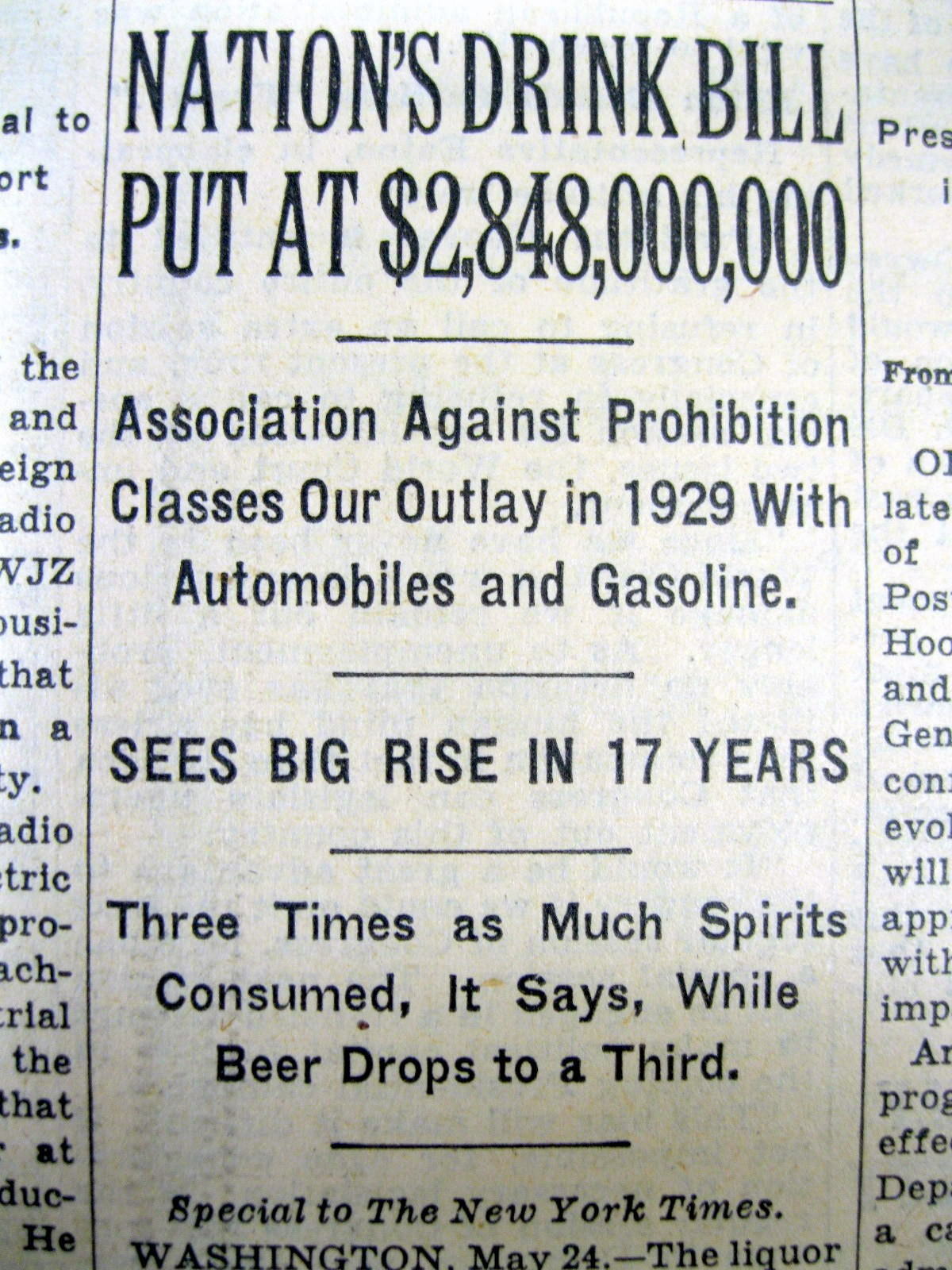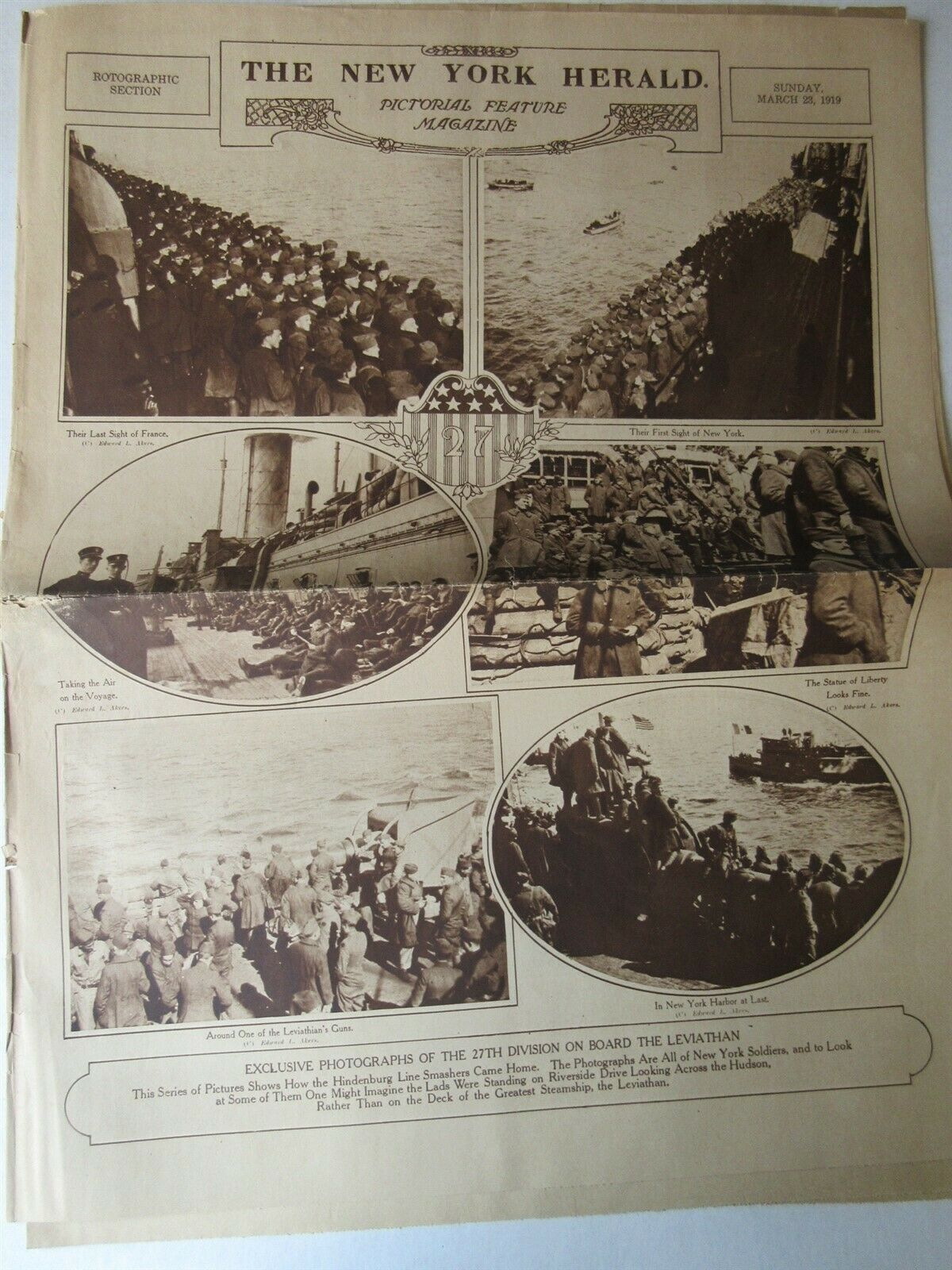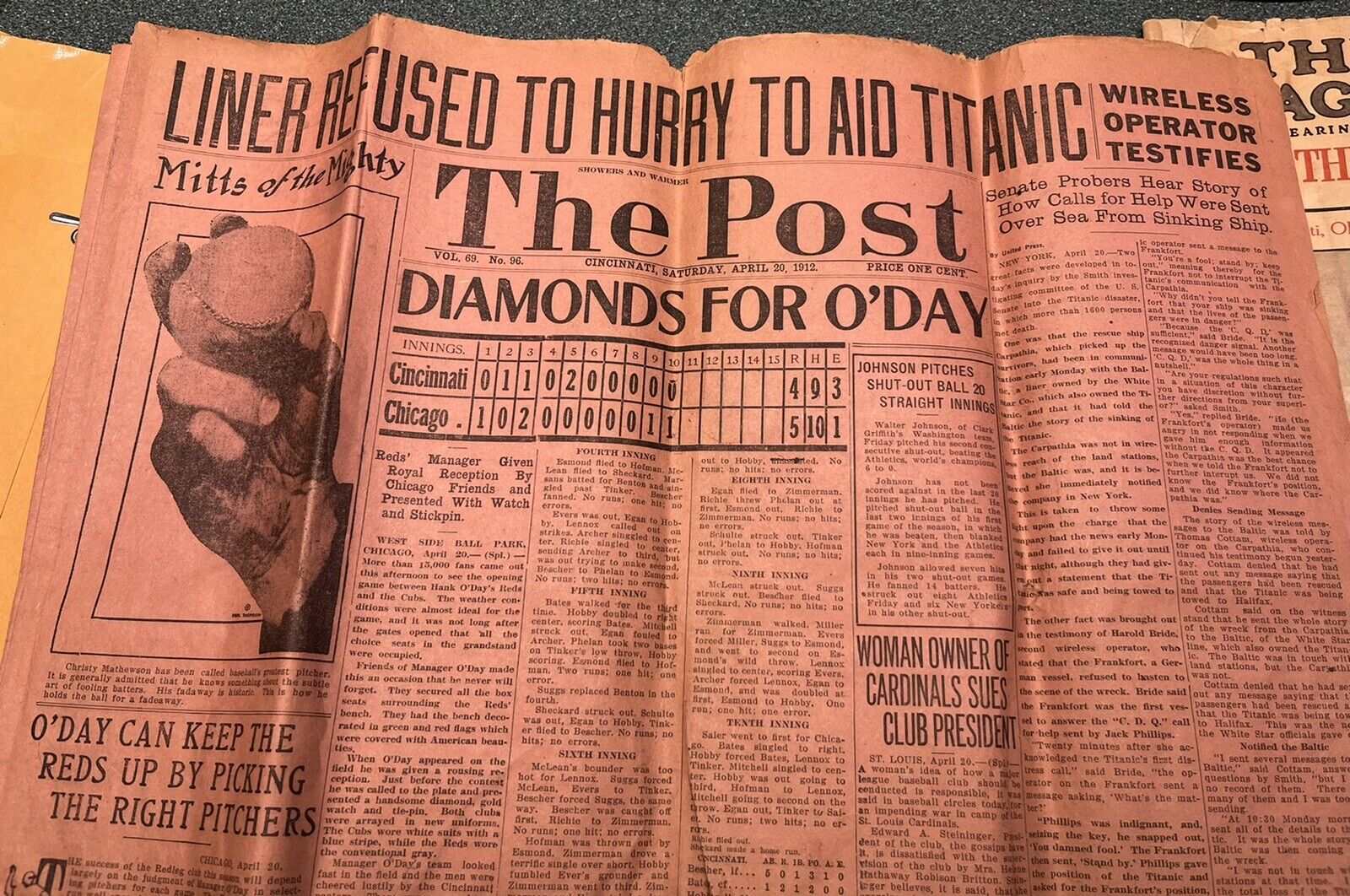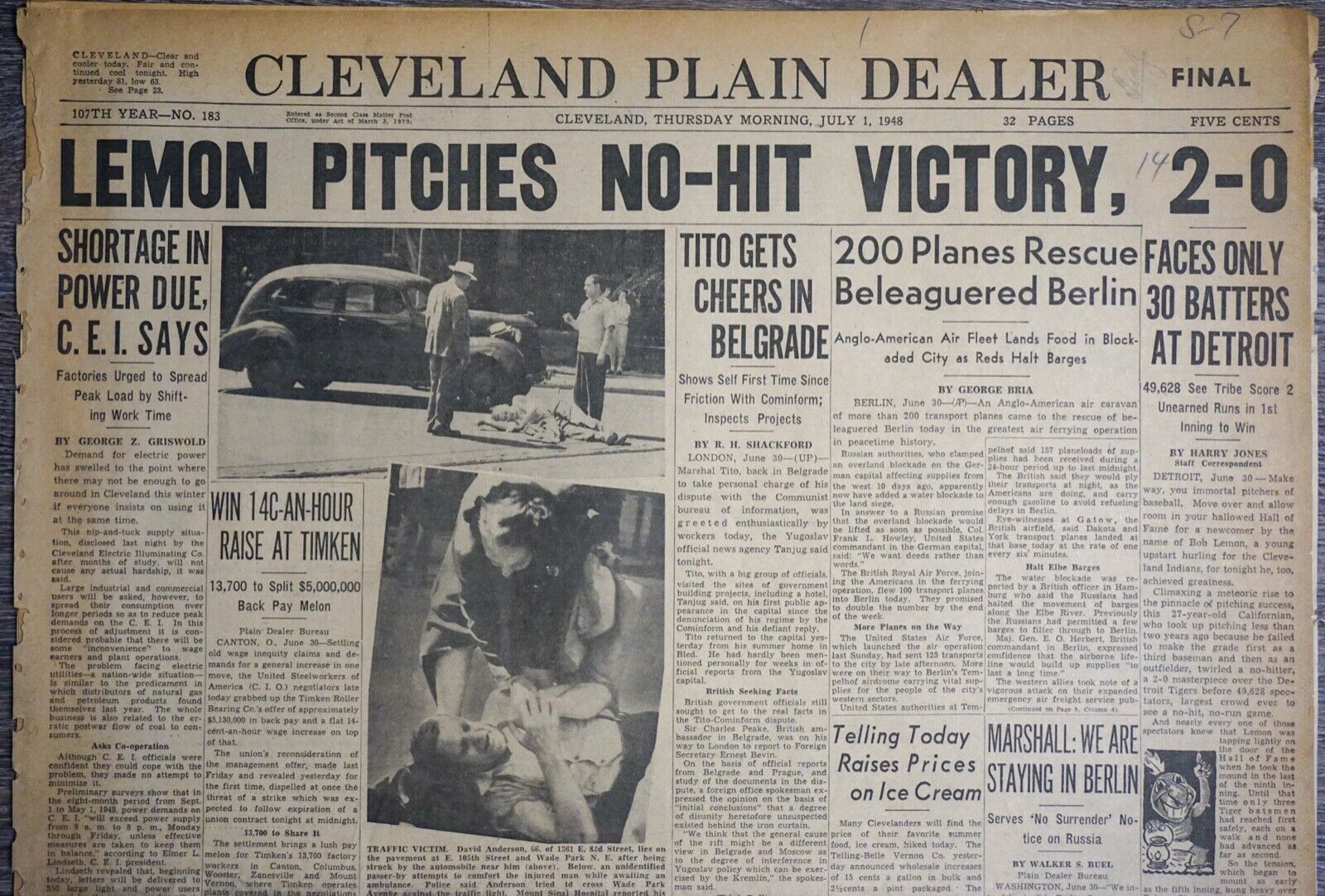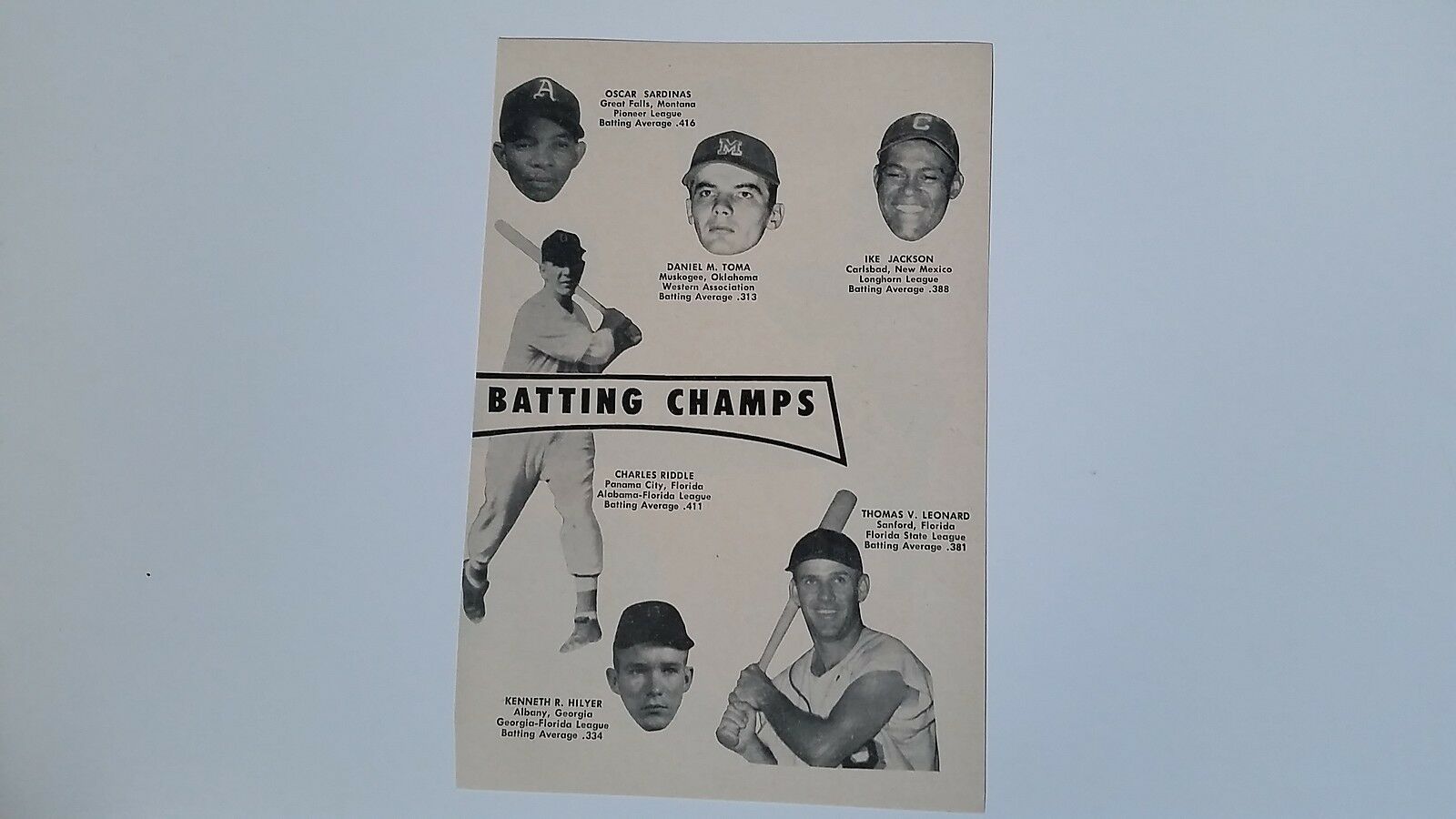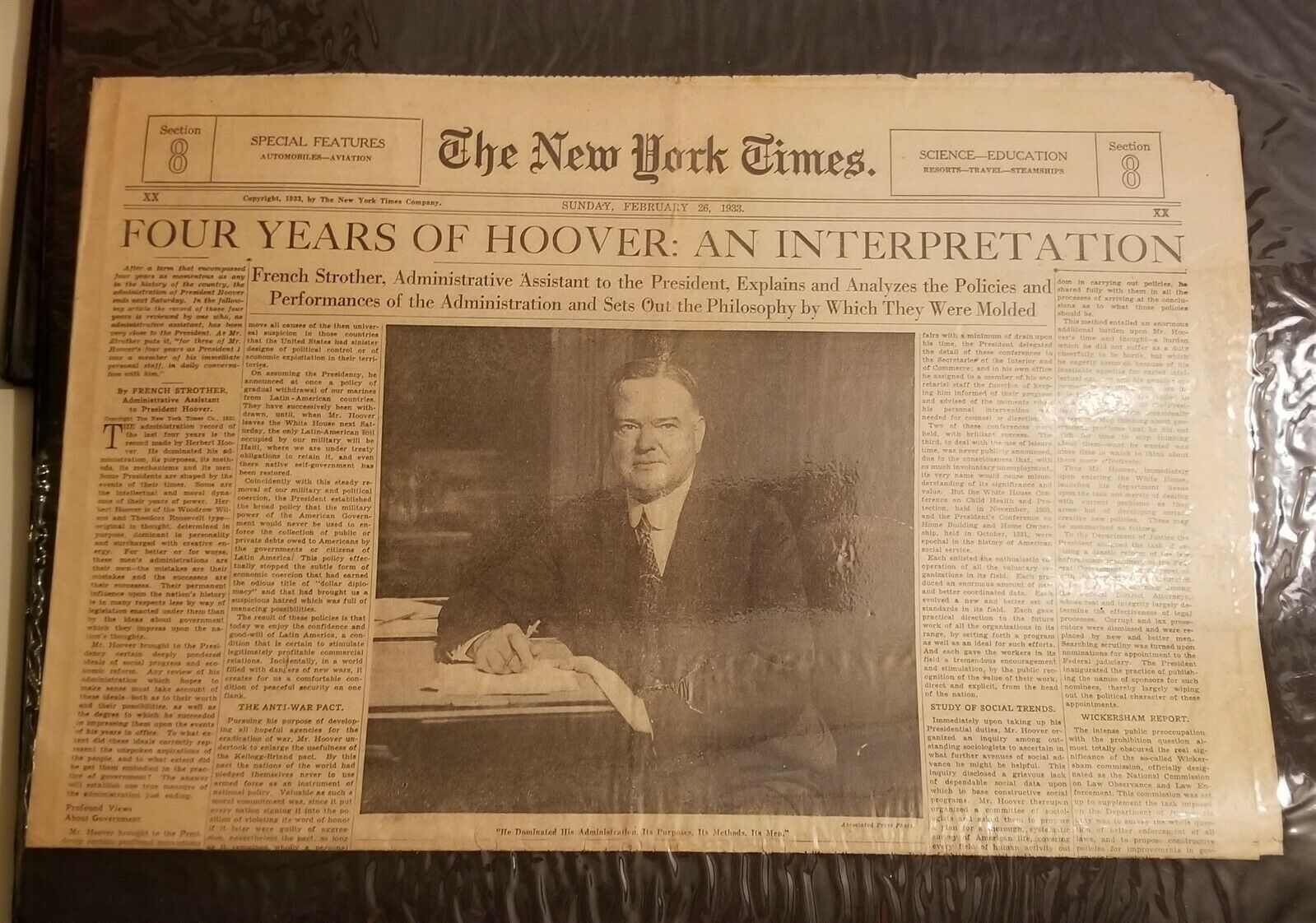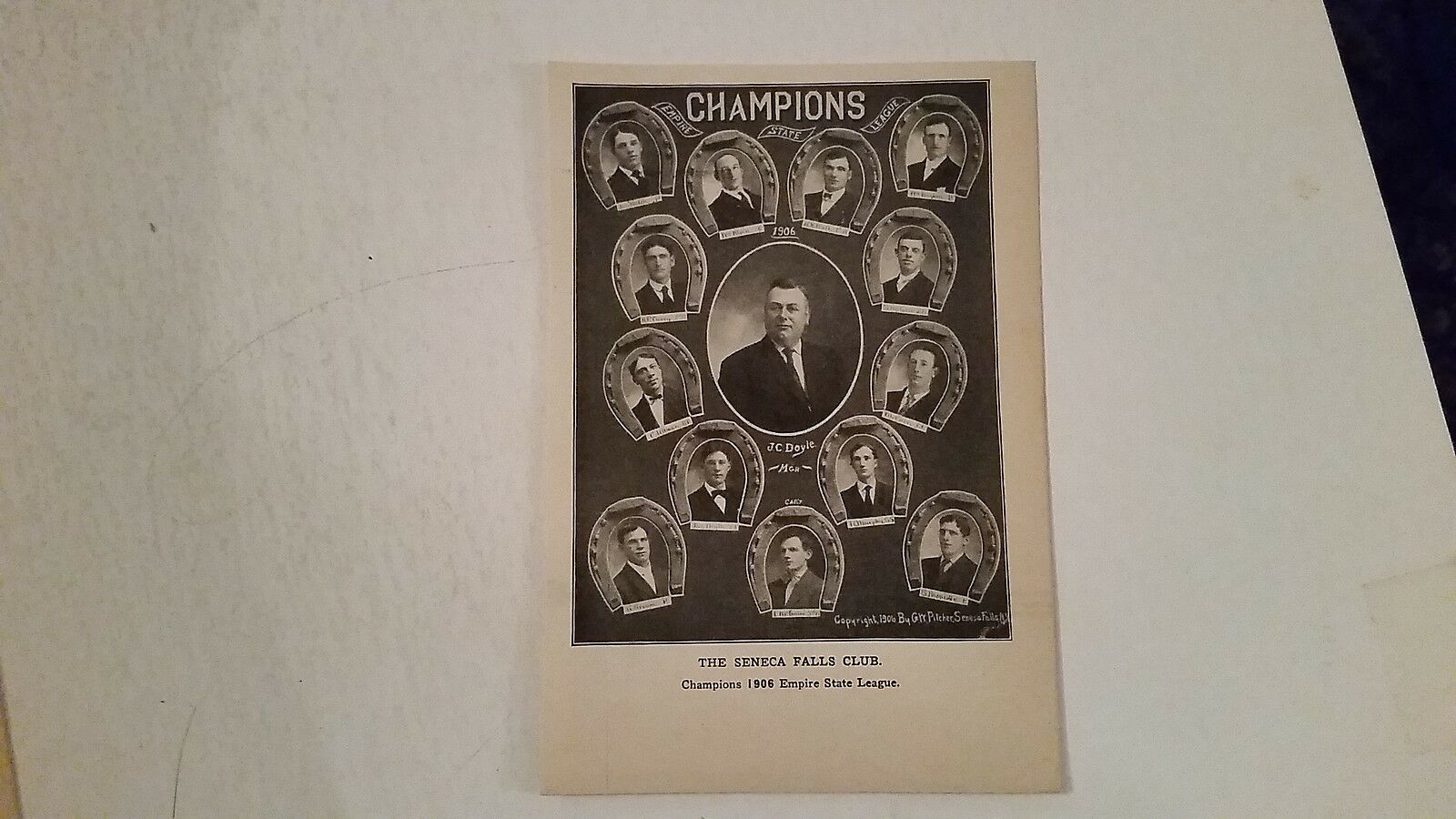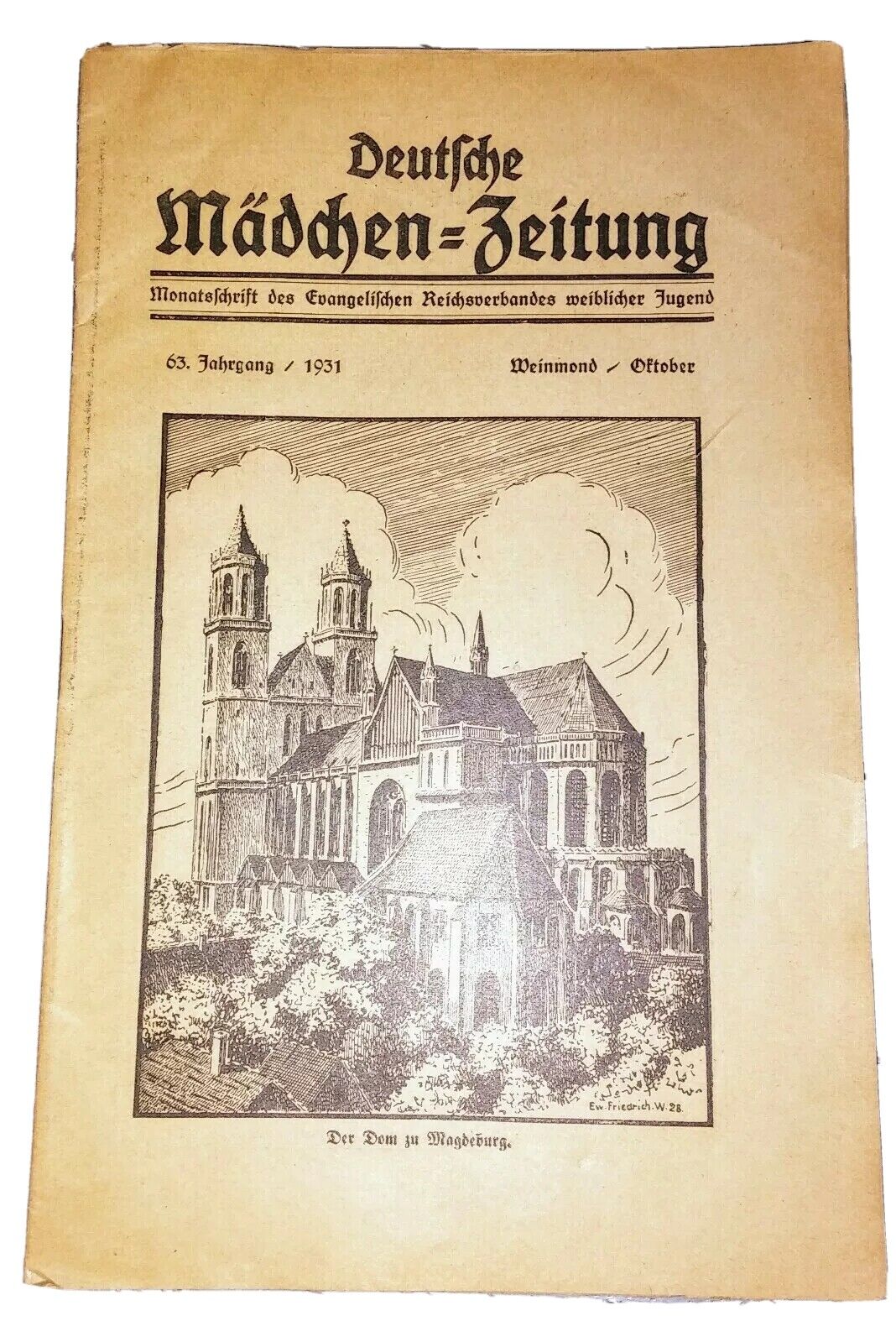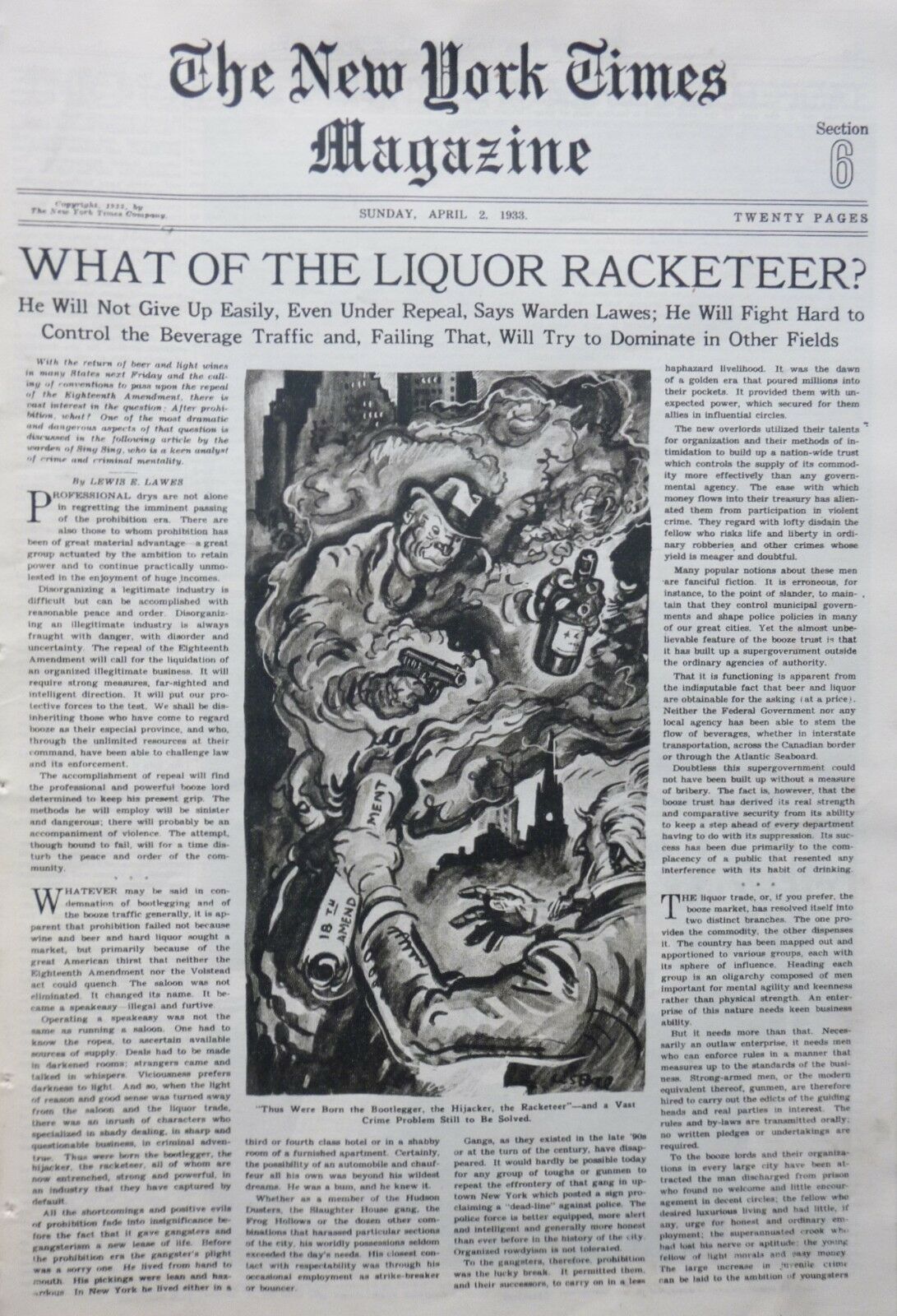-40%
1931 NY Times newspaper AMERICANS SPEND .8 BILLION to get DRUNK in PROHIBITION
$ 15.83
- Description
- Size Guide
Description
1931 display newspaper with front-page "stacked" headings and long detailed report announcing that Americans spent more than .8 BILLION on alcohol the previous year, DURING PROHIBITION!!! Putting Booze and Drunkenness on the same level as Automobile and Gasoline spending during the GREAT DEPRESSION!!!-inv # 7C-233
Please visit our EBAY STORE for THOUSANDS of HISTORICAL NEWSPAPERS on sale or at auction.
SEE PHOTO----- COMPLETE, ORIGINAL NEWSPAPER,
the New York Times
(NY) dated May 25, 1931 with news of the estimated COST of PROHIBITION during the Great Depression! Even during Prohibition AND the Great Depression, America drank a lot of alcohol !!
Prohibition in the United States was a nationwide constitutional ban on the production, importation, transportation, and sale of alcoholic beverages from 1920 to 1933.
During the 19th century, alcoholism, family violence, and saloon-based political corruption prompted activists, led by pietistic Protestants, to end the alcoholic beverage trade to cure the ill society and weaken the political opposition. One result was that many communities in the late 19th and early 20th centuries introduced alcohol prohibition, with the subsequent enforcement in law becoming a hotly debated issue. Prohibition supporters, called "drys", presented it as a victory for public morals and health.
Promoted by the "dry" crusaders, the movement was led by pietistic Protestants and social Progressives in the Prohibition, Democratic, and Republican parties. It gained a national grass roots base through the Woman's Christian Temperance Union. After 1900 it was coordinated by the Anti-Saloon League. Opposition from the beer industry mobilized "wet" supporters from the Catholic and German Lutheran communities. They had funding to fight back but by 1917–18 the German community had been marginalized by the nation's war against Germany, and the brewing industry was shut down in state after state by the legislatures and finally nationwide under the Eighteenth Amendment to the United States Constitution in 1920. Enabling legislation, known as the Volstead Act, set down the rules for enforcing the federal ban and defined the types of alcoholic beverages that were prohibited. For example, religious use of wine was allowed. Private ownership and consumption of alcohol were not made illegal under federal law, but local laws were stricter in many areas, with some states banning possession outright.
In the 1920s the laws were widely disregarded, and tax revenues were lost. Very well organized criminal gangs took control of the beer and liquor supply for many cities, unleashing a crime wave that shocked the nation. By the late 1920s a new opposition mobilized nationwide. Wets attacked prohibition as causing crime, lowering local revenues, and imposing rural Protestant religious values on urban America. Prohibition ended with the ratification of the Twenty-first Amendment, which repealed the Eighteenth Amendment on December 5, 1933. Some states continued statewide prohibition, marking one of the last stages of the Progressive Era.
Although popular opinion believes that Prohibition failed, it succeeded in cutting overall alcohol consumption in half during the 1920s, and consumption remained below pre-Prohibition levels until the 1940s, suggesting that Prohibition did socialize a significant proportion of the population in temperate habits, at least temporarily. Some researchers contend that its political failure is attributable more to a changing historical context than to characteristics of the law itself. Criticism remains that Prohibition led to unintended consequences such as the growth of urban crime organizations and a century of Prohibition-influenced legislation. As an experiment it lost supporters every year, and lost tax revenue that governments needed when the Great Depression began in 1929
Very good condition. This listing includes the complete entire original newspaper, NOT just a clipping or a page of it. STEPHEN A. GOLDMAN HISTORICAL NEWSPAPERS stands behind all of the items that we sell with a no questions asked, money back guarantee. Every item we sell is an original newspaper printed on the date indicated at the beginning of its description. U.S. buyers pay priority mail postage which includes waterproof plastic and a heavy cardboard flat to protect your purchase from damage in the mail. International postage is quoted when we are informed as to where the package is to be sent. We do combine postage (to reduce postage costs) for multiple purchases sent in the same package.
We list thousands of rare newspapers with dates from 1570 through 2004 on Ebay each week. This is truly SIX CENTURIES OF HISTORY that YOU CAN OWN!
Stephen A. Goldman Historical Newspapers has been in the business of buying and selling historical newspapers for over 45 years. Dr. Goldman is a consultant to the Freedom Forum Newseum and a member of the American Antiquarian Society. You can buy with confidence from us, knowing that we stand behind all of our historical items with a 100% money back guarantee. Let our 45+ years of experience work for YOU ! We have hundreds of thousands of historical newspapers (and their very early precursors) for sale.
